Unlocking the Importance of Proper Grow Room Ventilation in a Cannabis
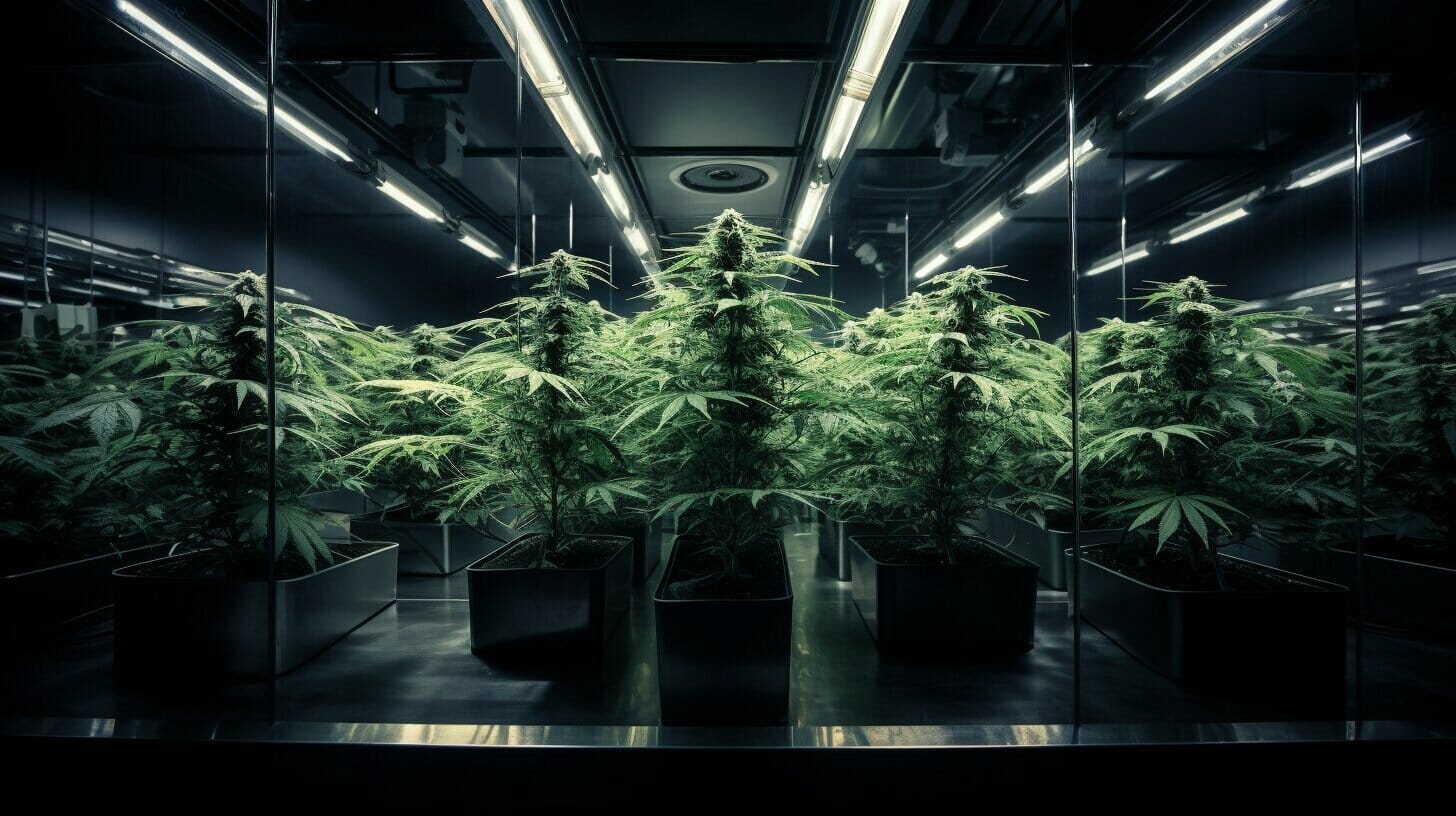
🌬️ Why Grow Room Ventilation Matters in Cannabis Cultivation
In indoor grow rooms, plants rely entirely on the environment you create. Without adequate grow room ventilation, stagnant air can lead to:
-
Reduced CO₂ levels: Essential for photosynthesis and plant growth.
-
Excess humidity: Encourages mold and mildew development.
-
Heat accumulation: Can stress plants and inhibit growth.
-
Pest infestations: Stagnant conditions attract unwanted insects.
Implementing a well-designed ventilation system mitigates these risks, promoting robust plant health and maximizing yields.
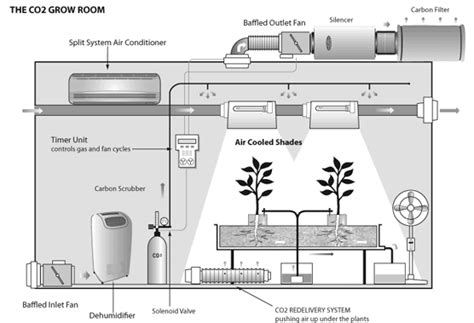
🛠️ Key Components of an Effective Grow Room Ventilation System
-
Exhaust Fans: Remove stale, humid air from the grow room.
-
Intake Fans: Introduce fresh, CO₂-rich air into the space.
-
Oscillating Fans: Ensure even air distribution around plants.
-
Carbon Filters: Eliminate odors and purify incoming air.
-
Ducting: Channels air efficiently between components.
-
Controllers: Automate fan speeds based on temperature and humidity sensors.
Selecting appropriately sized equipment based on your grow room’s dimensions is essential for optimal performance.
📐 Calculating Airflow Requirements for Grow Room Ventilation
To determine the necessary airflow:
-
Calculate Room Volume:
-
Length × Width × Height = Volume (in cubic feet).
-
-
Determine Air Exchange Rate:
-
Aim to replace the air in the room every 1–3 minutes.
-
-
Calculate Required CFM (Cubic Feet per Minute):
-
Volume ÷ Desired Exchange Interval = Required CFM.
-
Adjust calculations for duct length, filters, and equipment heat output.
🌡️ Managing Temperature and Humidity
Maintaining optimal environmental conditions is vital:
-
Temperature:
-
Vegetative stage: 70–85°F (21–29°C).
-
Flowering stage: 65–80°F (18–27°C).
-
-
Humidity:
-
Seedlings: 65–70%.
-
Vegetative stage: 40–70%.
-
Flowering stage: 40–50%.
-
Use dehumidifiers, air conditioners, or heaters as needed to maintain these ranges.
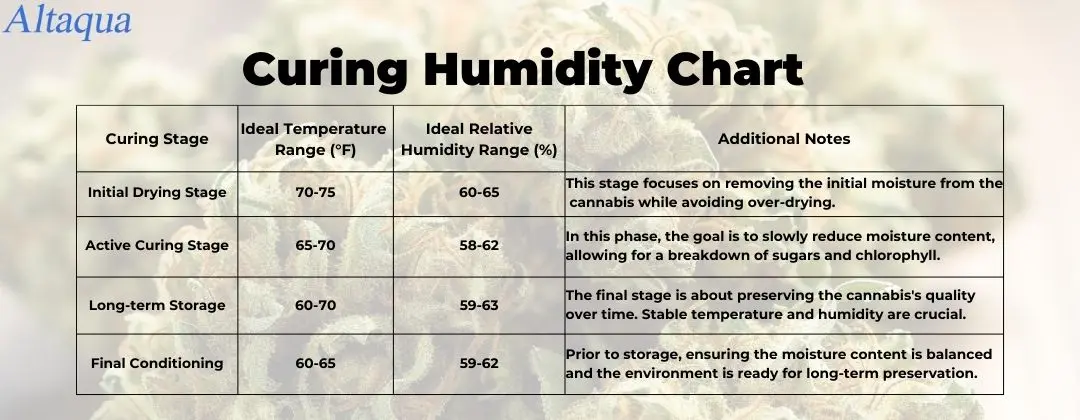
🌿 Enhancing Plant Health and Yield
Proper ventilation contributes to:
-
Stronger stems: Air movement encourages sturdier growth.
-
Efficient nutrient uptake: Improved transpiration aids in nutrient absorption.
-
Disease prevention: Reduces the likelihood of mold and mildew.
-
Odor control: Carbon filters mitigate vigorous plant smells.
🧰 Tips for Optimal Grow Room Ventilation
-
Regular Maintenance: Clean and inspect fans, filters, and ducts routinely.
-
Monitor Environmental Conditions: Use hygrometers and thermometers to track humidity and temperature.
-
Adjust for Seasonal Changes: Modify ventilation settings to accommodate external temperature fluctuations.
-
Ensure Proper Airflow Direction: Position intake and exhaust fans to promote a consistent air flow through the grow space.
Investing in a robust ventilation system is essential for indoor cannabis cultivation. It safeguards plant health and enhances growth efficiency and yield quality.
Suggested Articles
;)
;)
;)




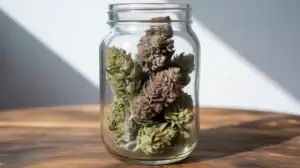
 31 Oct 2025
31 Oct 2025  9 min read
9 min read
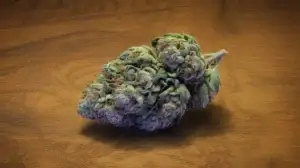
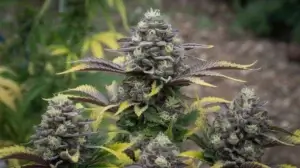
 September 20, 2023
September 20, 2023 


RESPONSES (0)
No responses yet. Be the first to respond!